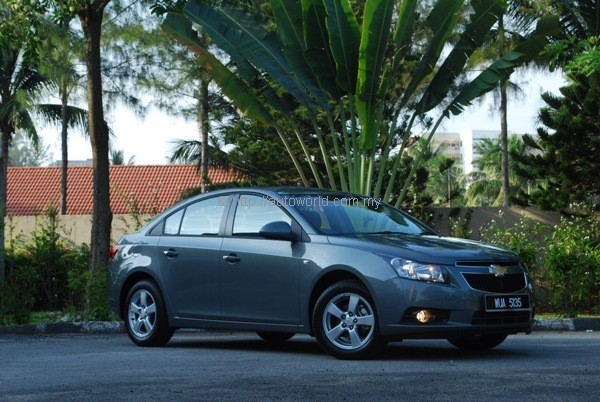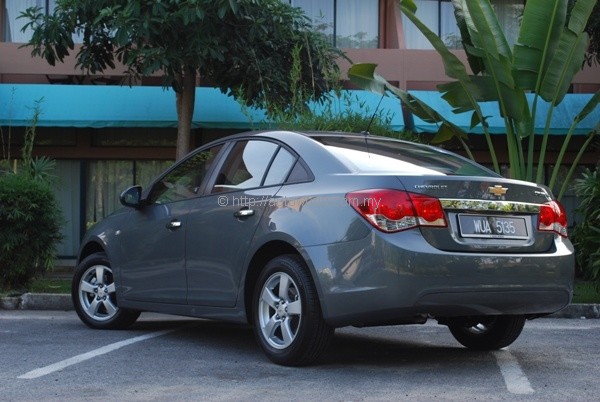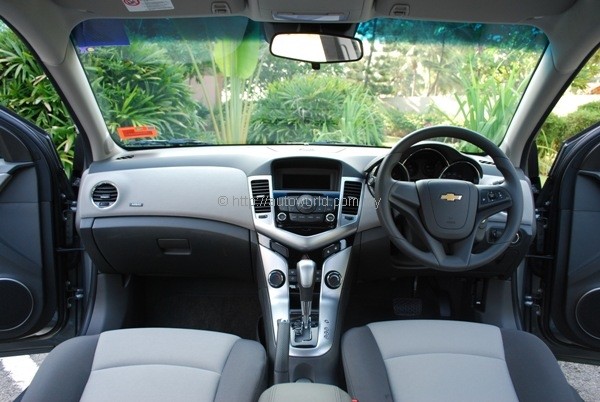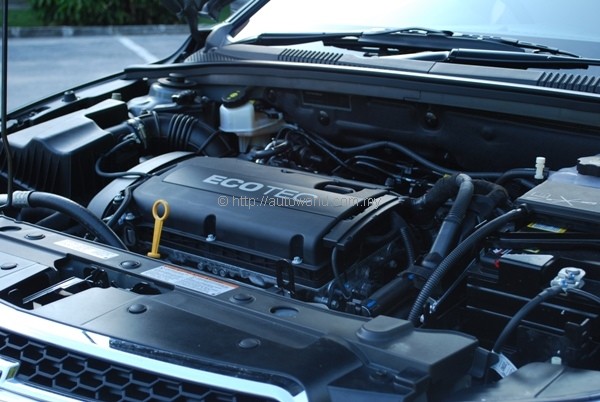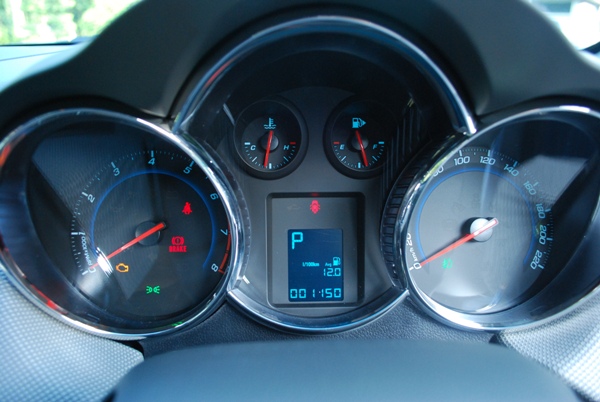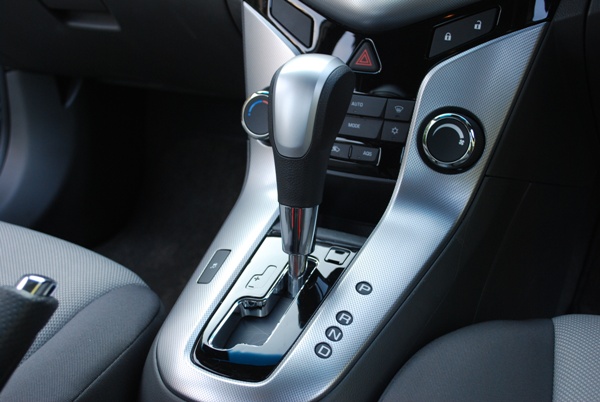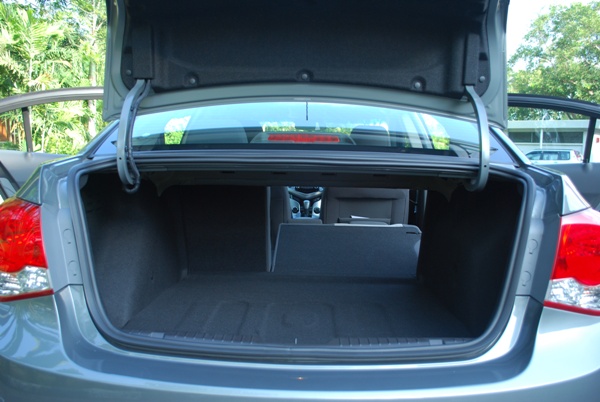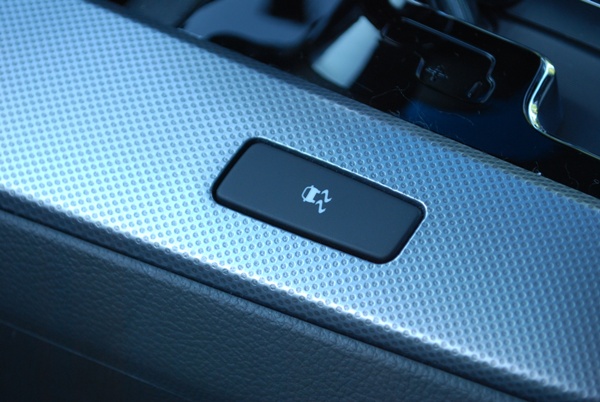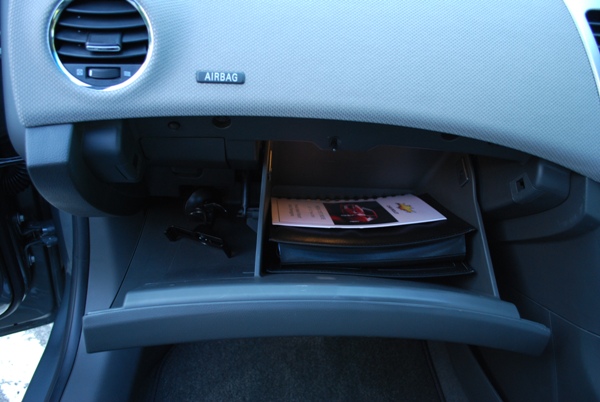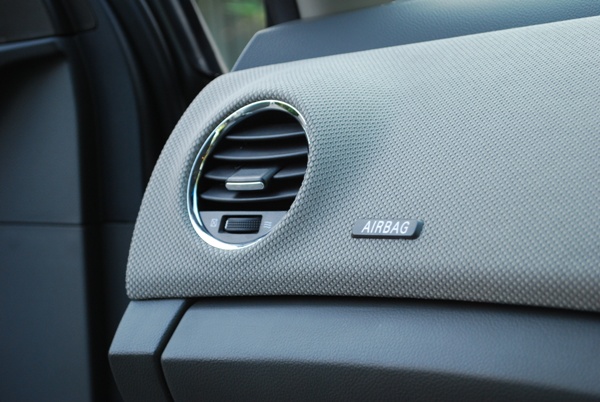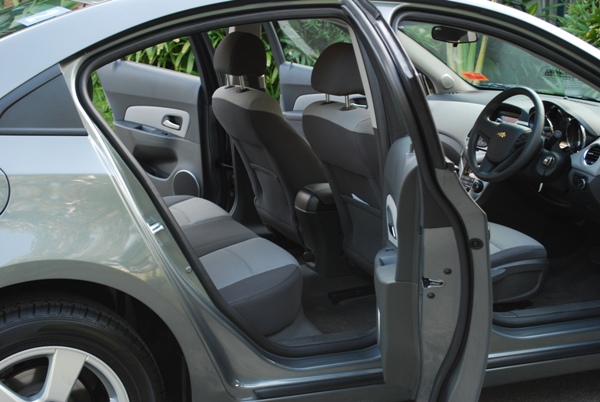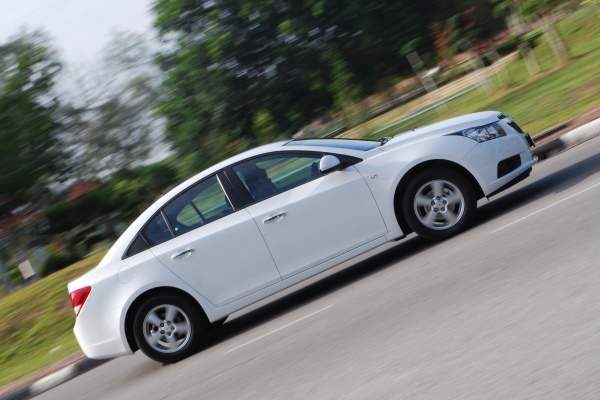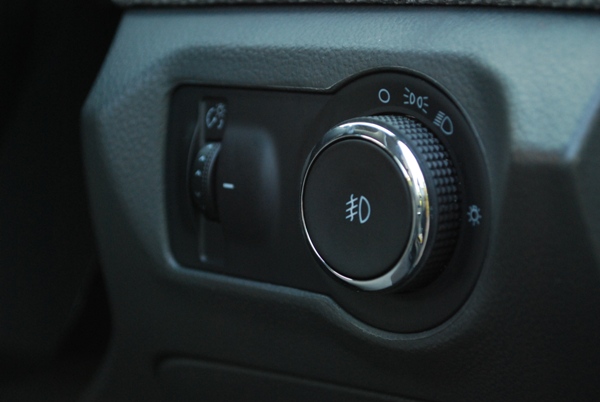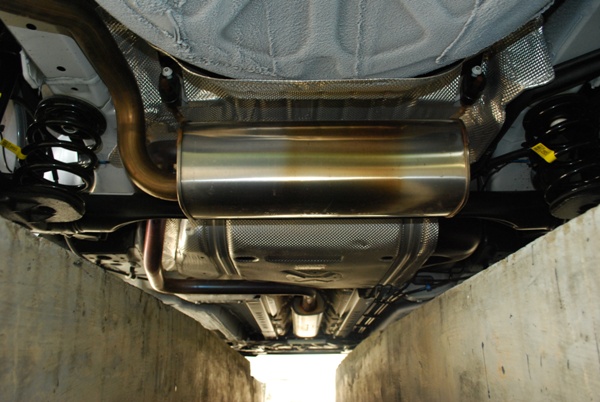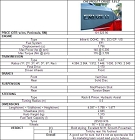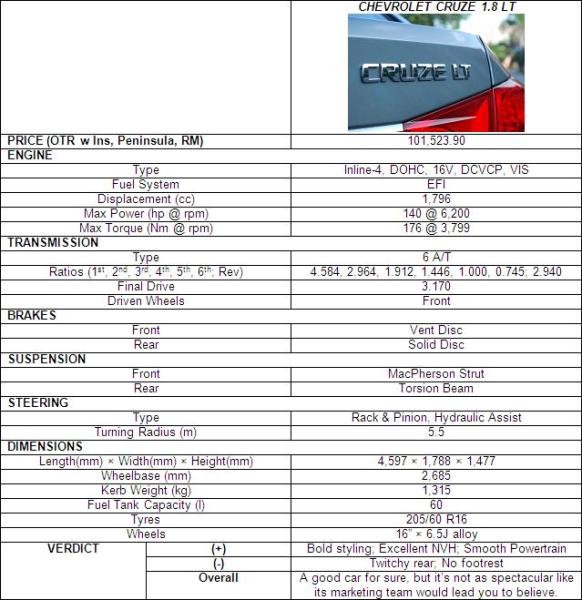Chevrolet Cruze – GM’s award-winning ‘Global Car’ put to the test
Having changed hands between no less than three different distributors, the Chevrolet brand’s history in Malaysia is a tumultuous one. The latest one, Naza-subsidiary Pavilion Crest, however, has the honour of being the one that finally brought the Chevrolet Cruze C-segment sedan to our shores.
Launched to critical acclaim worldwide, we have been expecting the Cruze to arrive since mid-2009, but the then uncertain future of the brand has held back the car’s arrival until now.
In Malaysia, the Cruze replaces the Optra sedan in Chevrolet’s line-up, and the company is not modest in its intentions to challenge the Honda Civic. We may sound like a broken record saying this, but Honda’s meticulously built brand image takes quite an effort to challenge. Many cars out there offer better price and specifications than the City, Civic, Accord and CR-V, but the only ones vying for market leadership with them are the Toyota equivalents.
With a price tag of RM101,523.90 (on-the-road inclusive of insurance), the Cruze falls into the typical mould of Honda challengers out there – beautifully styled, competitively priced, and comprehensively equipped.
We were recently invited by Pavilion Crest to put the Cruze through its paces in a media test drive outing to Kuala Terengganu. My leg of the drive came during the return trip to KL, where I was generously offered by my drive mates to take the wheel all the way home.
On Paper
As far as offerings in the C-segments go, the Cruze has the price and equipment to pose more than a few questions to the Japanese. The sole variant offered in Malaysia is powered by a 1,796cc ECOTEC twin-cam engine producing 140hp @ 6,200rpm and 176Nm @ 3,799rpm; comparable outputs to the Honda Civic 1.8.
Where the Cruze trumps over its opposition is its offering of GM’s Hydramatic 6T40 6-speed automatic transmission. The transmission is said to be maintenance free, and has its Transmission Control Module mounted on the transmission casing rather than at a separate location.
Underpinning the Cruze is GM’s Delta-II platform, which is set to support a wide range of compact vehicles under GM’s umbrella in the coming years, though as of now, the Cruze and Opel Astra (not sold here) are the only models using this platform. It features independent MacPherson struts up front and a compound crank axle behind – a more fanciful torsion beam in essence.
Four disc brakes, connected by by a diagonal dual-circuit system, sit at the corners to provide stopping power. As per market standards, the forward pair are ventilated, with ABS and EBD ready to step in and assist in emergency situations.
Safety is being touted one of the key selling points of the Cruze, which has earned a 5-star rating from Euro NCAP. In addition to ABS & EBD, traction control is also included as standard equipment, along with dual frontal airbags. A crucial omission, however, is side airbags, which were present in units tested by Euro NCAP.
In the Flesh
We have been endlessly told by the folks in Naza that the Cruze is positioned as a rival to the Honda Civic. Indeed, we are wondering if Chevy’s designers were so obsessed with the Civic that the rear end of the Cruze bears an uncanny resemblance to the Honda.
The Cruze’s tail lights adopt the same quad-ring design cue as the Civic, but adds a tear drop effect at the edge which flows nicely into the bumper, neatly framing its rear end. We can’t say if Chevrolet derived this design from the Civic, but we’ll give them credit for coming up with the more characterful solution.
At a glance, the front end reminds us the Civic’s elder sibling – the Accord – with its sharply angled headlamps, though it quickly becomes obvious that Chevy’s interpretation is a great deal more aggressive and a touch more sophisticated.
In particular, the design line that stretches forward from the base of the window frames before curving to follow the wheel arches concentrically is a brilliant piece of design penning. The line is further accentuated by having the edges of the headlamps and bumper side vents resting just along it.
Compared to rival C-segment sedans, the Cruze’s design is bold and loud, which means it is an opinion splitter. Although many of us think its quite a looker, there were also a number of media colleagues who disagreed with us and were not too complimentary of its styling.
In the Cabin
The Cruze’s cabin is a fine place to be in overall. Build quality is top notch and materials used feel premium, even if leather seats are omitted. Overall cabin atmosphere is positive, and aesthetically, there really is little that the designers got wrong.
In terms of space, four adults will sit quite comfortably in the Cruze over a long outstation drive. We expect minimal complaints in terms of legroom, but bigger-sized passengers are advised to take the front seats as some of the taller ones complained of insufficient headroom. Seats offer good support, and the rear seat backs offer 60:40 split folding to extend boot capacity.
A couple of glaring errors did mar an otherwise well-designed and well-thought out cabin. First is the placement of instrument panel covers, which under direct sunlight obscures reading of gauges with reflection. Second, and this is incomprehensible for a car at this price, is the omission of a left footrest for the driver.
Though it may appear to be an innocuous piece of plastic, the footrest’s presence is essential, even in a car with manual transmission. In an emergency situation, the footrest enables the driver to use the left leg to instinctively ‘brace for impact’, freeing the right leg to work the brake pedal. Over our long media drive, some journalists noted how their restless left legs inadvertently brushed against the air-con fan speed control knob on several occasions.
On the road
If there is one area that the Cruze is guaranteed to impress, is the way it drives. There is no shortage of feedback to driver from both the steering wheel and brake pedal. One thing that immediately impressed me when I first drove the Cruze was how sharp its turn-in was. Steering input felt very direct as the car simply went the way I pointed it.
Also feeling very convincing were its anchors. The four discs stop the car with progressive firmness, sending constant streams of information back to the pedal to reassure the driver. The trunk road stretches of our drive saw the brakes endure plenty of punishment but they worked fine all the way to Kuala Terengganu and back.
In terms of driver interaction, this car trumps any Japanese alternative you can think of, but there’s one thing you’ve gotta watch out – the rear gets twitchy at speed. There was hardly any understeer even in hard cornering, but there was always the sensation that the tail end is ever ready to swing out. I was told that at least one journo inadvertently got the car into oversteer. Whatever fanciful name that the marketing boffins can come up with, a torsion beam is a torsion beam.
The powertrain combo also proved relatively adequate even for spirited driving. Engine was a willing revver, and the 6-speed unit swapped cogs with silky smoothness. When it was safe to do so, overtaking on single carriageway trunk roads was a relative breeze.
On the highways, the engine was hearty enough to endure flat-out driving for almost the whole duration from Kuantan until Bentong, when the fuel warning light came out, leading us to ease off until we refueled near Bukit Tinggi.
Traveling at speeds of 180-190kph 100-110kph, we noticed that noise levels in the cabin was impressively suppressed. Tyre noise was almost non-existent at any speed we cared to try, and wind noise was a non issue until 140kph. Noise from the engine did permeate into the cabin, but we’ll not fuss over that, as it wasn’t an unpleasant sound to begin with. However, at the speeds we were doing, the tail did not feel at all planted, and was all over the place, seemingly looking to overtake the front at any time.
Overall, however, the Cruze still impressed us with a relatively positive driving experience. It was at least a drive with character, and very few cars these days offer the same level of man-machine interaction. When I returned the keys to Naza’s reps in Petaling Jaya on the conclusion of the drive, I was none the worse for wear despite having been at the helm all the way from Kuala Terengganu. Indeed, none of the passengers complained of any fatigue either.
Verdict
There is now a sea of very credible alternatives in the C-Segment to the established Japanese trio of the Honda Civic, Toyota Corolla Altis, and Nissan Sylphy. The Japanese outsiders Mazda3 and Mitsubishi Lancer make strong cases for themselves, as do the Hyundai i30 and Ford Focus. Naza’s sizable umbrella also houses two other competent candidates in this highly competitive segment – namely the Peugeot 308 and the Forte.
The Cruze enters the market as a competitively priced and comprehensively equipped entry, packing excellent driving dynamics into the equation as well. If you’re asking us whether this car is a good buy, the answer is a resounding yes, but many other cars have arrived and offer similarly impressive value for money preposition. Yet, I am still seeing Honda Civics all over our roads.
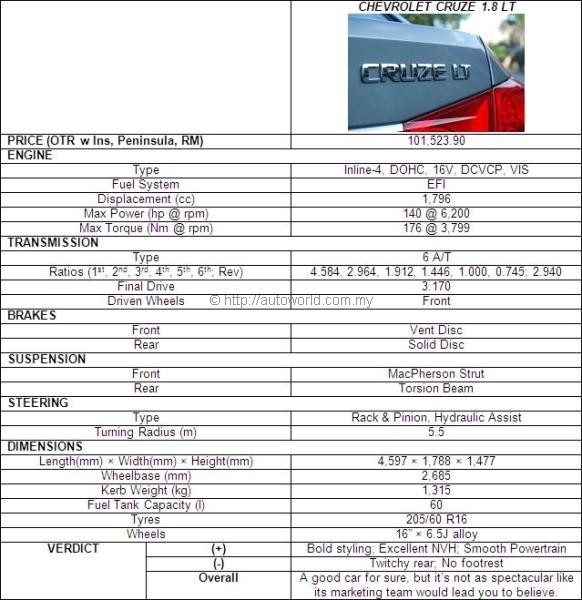 |




